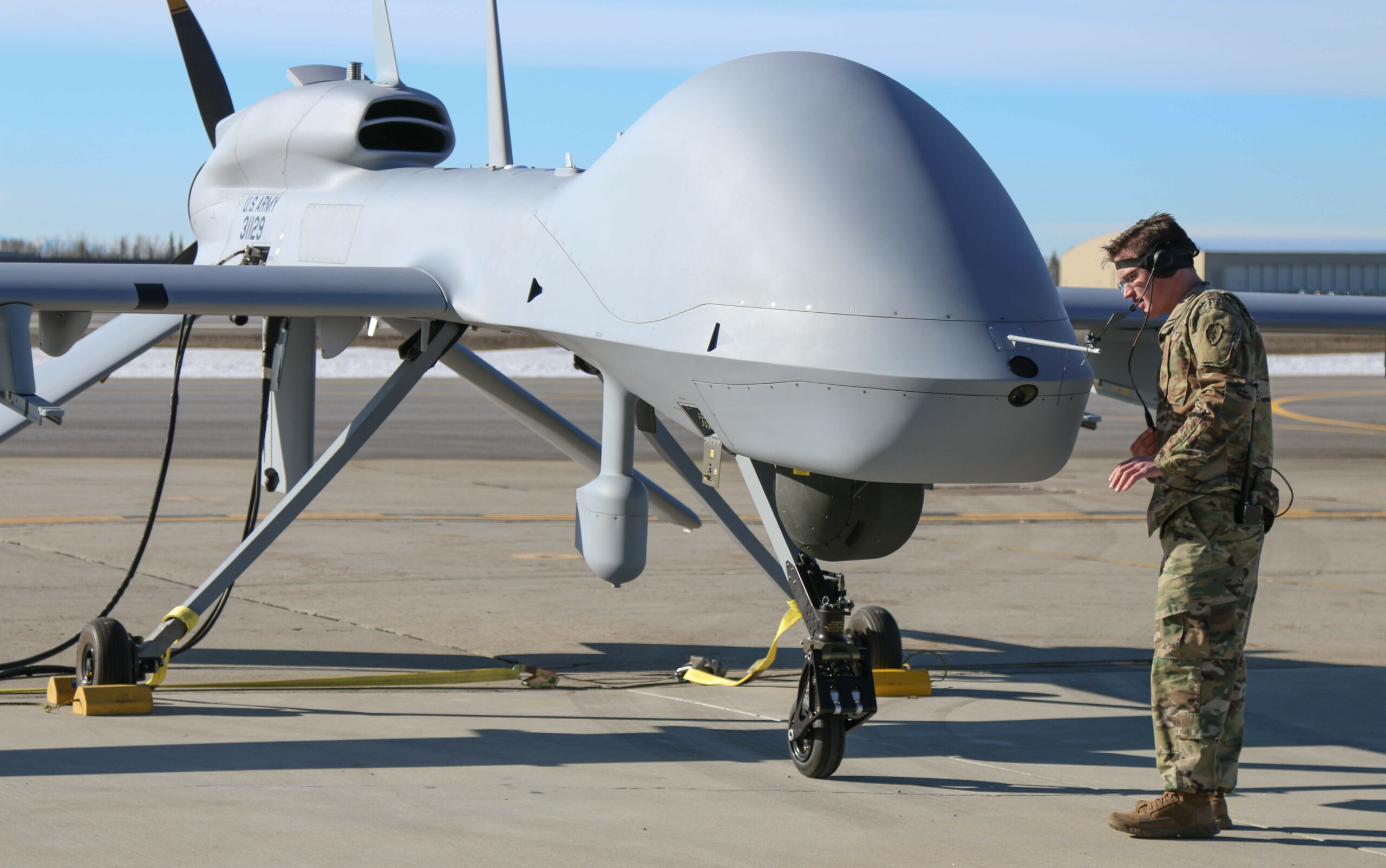Aircraft Structures
Nammo Composite Solutions manufactures aircraft structures used in both military and commercial aerospace applications.

Air Ducts
Air ducts are critical on aircraft to transfer intake and exhaust airflow to the engine, cabin, and other areas. The use of composites for air ducting has the obvious weight saving benefits, but further profits from the processing flexibility to create the complex geometry typically associated with aircraft ducts. Changes in cross-section size, shape, and direction may easily be accommodated with standard composite processing techniques, such as braiding and hand layup.
Nammo Composite Solutions produces air ducts in a single piece using bladder molding and collapsible tooling designs, as well as multi-piece air ducts which are assembled after cure. The decision of which option to select will depend on a number of factors, including performance, geometry, material selection, production volume, and cost.
Evacuation Systems
Components used on evacuation systems must meet strict performance requirements and maintain a high-reliability during their working life. Like other aircraft interior components, these items must adhere to FAA and other regulatory standards for flammability, smoke and toxicity. This is typically accomplished through the use of resin additives, consisting of inorganic and organic compounds.
Nammo Composite Solutions produces multiple components for evacuation systems, including packboards, girt bars, and aspirators. The company has familiarity in processing the specialized resin systems in both traditional material forms, such as prepreg fabrics, as well as in resin transfer molding (RTM) and infusion (VARTM) processes.


Access Panels
Aircraft access panels and covers are used to protect and shield sensitive electronics and other systems during the life of the vehicle. There is a wide-range of design elements that may be included depending on the end use requirements of the structure. Panels may be solid laminate or include honeycomb or foam core. Carbon fiber and fiberglass are typically used depending on stiffness or electrical requirements. Special conductive coatings may be applied as a secondary process such as flamespray, or embedded into the laminate during layup as a metallic-coated fiber layer. Often these panels will include embedded fasteners, threaded inserts, or other means to install onto the aircraft.
Nammo Composite Solutions manufactures various access panels and covers for fixed wing and rotary aircraft. The company specializes in the incorporation of conductive media into the structure for grounding and shielding applications. These panels are typically fabricated using hand layup techniques in a climate-controlled area. The process may include the use of laser ply projectors or layup templates to ensure accurate ply placement so that performance and weight requirements are met.
Unmanned Systems
Unmanned Aerial Systems (UAS) are categorized into groups according to their size and capacity. These range from small aircraft with a weight less than 20 lbs (Group 1), up to large systems such as the MQ-1C Gray Eagle and MQ-9 Reaper (Groups 4 and 5). In all systems, incorporation of high-stiffness and low-weight materials is of the utmost importance, as this will minimize the weight of the structure thereby increasing range or payload capacity.
Nammo Composite Solutions has helped design and produce components for both large and small unmanned systems. Manufacturing feedback provided has helped reduce operating weight and improve manufacturability of multiple components. The company is intimately familiar with cored airfoil processing, and the fabrication techniques required to be successful at scale. Nammo Composite Solutions has employed bladder molding techniques with complex shapes to produce the optimal part geometry without sacrificing form or function. Additive manufactured components have been successfully implemented into structures to provide cost-effective and lightweight solutions to assembly hardware.

